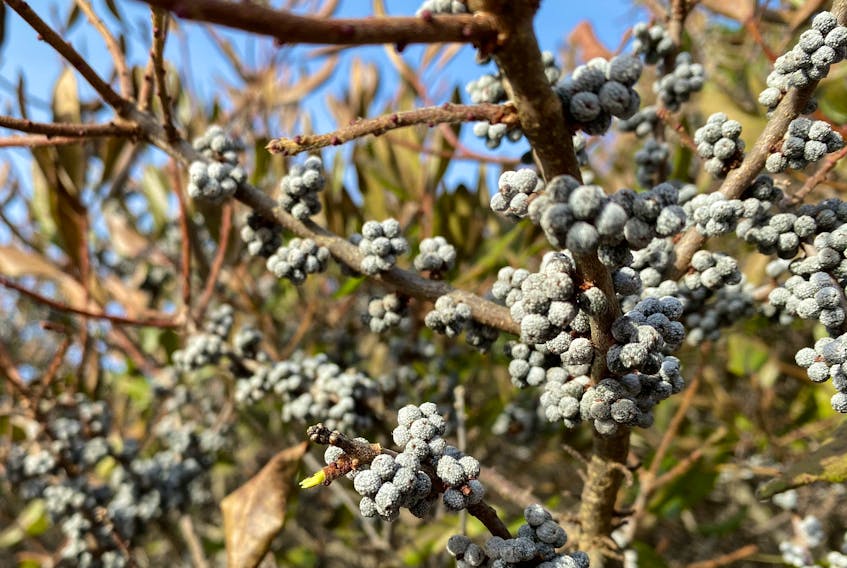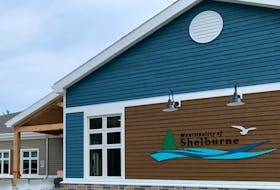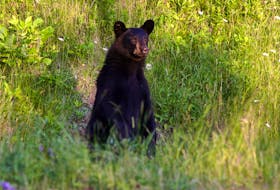YARMOUTH, N.S. — Canadians who plant their home, school, business or community gardens with wildlife in mind can apply to have their space recognized and certified as a wildlife-friendly habitat by the Canadian Wildlife Federation (CWF).
Education program manager Melissa Lefebvre says many gardeners can easily qualify for free Wildlife-friendly Habitat certification. The essentials are simply incorporated.
“We’re looking for an outdoor space with one or more sources of food, water and shelter for wildlife and the use of earth-friendly gardening practices to maintain it, including a space that is free from pesticides,” she says.
The certification application can be completed online, with a description of plantings, a sketch of the garden and photos.
Some of the most common questions about the application include:
• Not knowing the Latin names for your plants. Lefebvre says listing the common name of the plant (what you call it in everyday life) will do.
“If you’re still stuck, that’s what the pictures are for. We ask applicants to submit up to five pictures, which gives our certification committee an overall idea of how your garden helps wildlife.”
CWF staff can often assess if you meet the criteria and have the right plants through the photos. For those looking to learn, it can be helpful to ask a local master gardener, horticultural group or jump online and search for gardening forums or apps that can help you with plant identification.
• Applicants sometimes ask if they can submit pictures of their garden even though nothing is in bloom and their garden looks dull.
CWF values pictures from all seasons and staff can usually assess if you meet the criteria no matter when pictures are taken. Wildlife-friendly gardens help wildlife year-round. The more pictures of fall, winter and spring gardens submitted, the more material CWF will have to demonstrate this point.
• Some gardeners who don’t have any native plants in their garden yet and are not sure how to pick the right ones ask if it affects their application. Lefebvre says native plants are not needed to qualify for certification, though it’s strongly recommended to add them to your garden where possible. Native plants best meet the needs of local wildlife because they have co-evolved together.
“If you’re not sure which native plants you should choose, our online native plant encyclopedia is a useful tool to help you get started,” she says.
Results can be filtered based on your location, the level of sun and moisture in your garden and many other features.
CWF also has an online list of native plant suppliers from across Canada on their site because it can be challenging to find native plants at your favourite garden centre.
The top five perennial plants gardeners can add to their landscape for wildlife in Nova Scotia are:
• Swamp milkweed, Asclepias incarnata
• Wild red columbine, Aquilegia canadensis
• Black-eyed Susan, Rudbeckia hirta
• Blue verbena, Verbena hastata
• Obedient plant, Physostegia virginiana
Yarmouth County resident Gwen Trask has one of the few Wildlife-friendly Habitat certified gardens on the CWF map in this region. Her plantings, which began in the 1940s, were geared to be not only ornamental, but to be bird, deer and other wildlife-friendly from the start. Various improvements and additions have made the gardens continue to flourish since then.
“This always interested me, so when the CWF people mounted a campaign encouraging certification it seemed a great idea,” says Trask.
“So, appropriate research provided the data required to fill in the forms. I am not a biologist ... just an interested field naturalist...as are my family.”

WILDLIFE-FRIENDLY PLANTS
Some of Trask's recommendations include: barberry, which can become intrusive but “is great if you have the space and/or prune judiciously.”
Barberry shrubs are loaded with red berries, especially this year, and the red foliage in autumn is attractive. The dense growth provides a haven in all seasons for small birds. This goes for privet as well.
Cotoneaster is planted for its attractive foliage and red berries. Forsythia's early golden blooms attract bees, as do various Weigelas.
Rowan tree (mountain ash) has impressive clusters of berries.
Trask’s latest addition is Holly, which started small, but now provides berries for birds plus cuttings for traditional family Christmas arrangements, paired with English Ivy.
Both cedar and pine encourage bird visits in all seasons.
Lefebvre says CWF hopes certification is not the end point in making a wildlife-friendly garden.
“The application form is full of great ideas and features that can be added over time. Our quarterly Grow Wild e-newsletter also has great information, tips and tricks that can be applied to further your garden’s appeal to wildlife. Those who certify are automatically signed up to receive the newsletter.”
To apply to have your garden certified as a Wildlife-friendly Habitat, visit the Canadian Wildlife Federation site.









